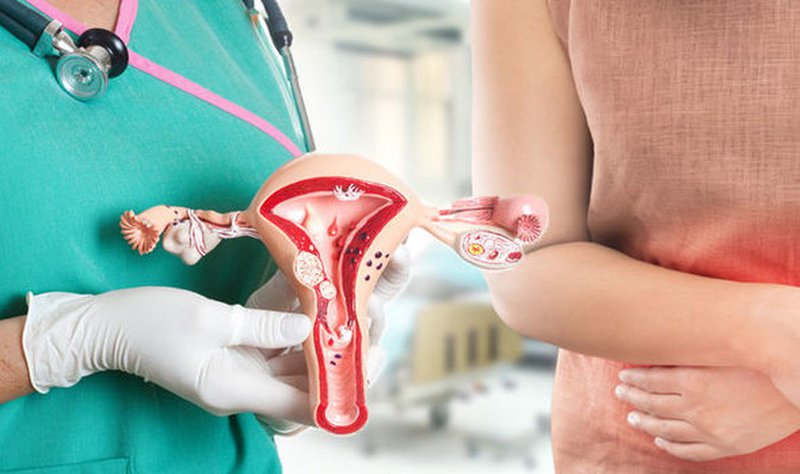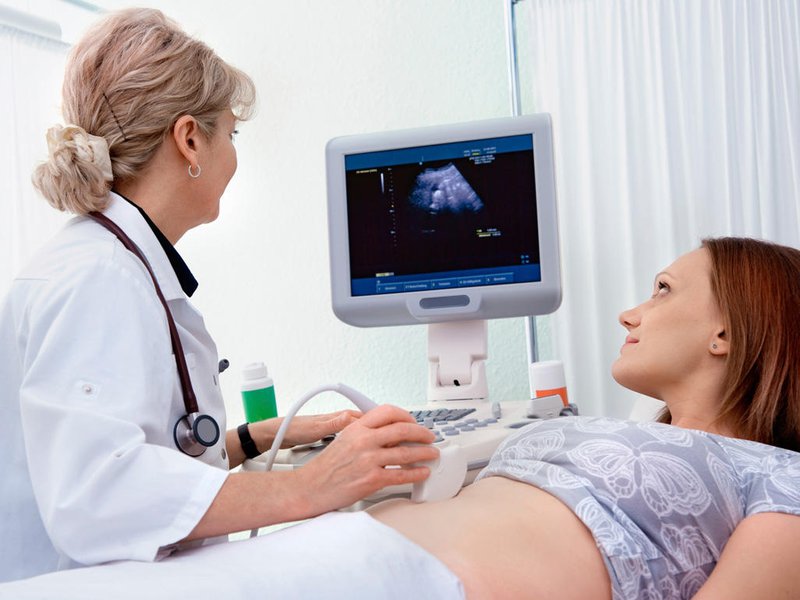For women who have ever gone to gynecological examination, the examination process, what everyone can understand. But for women who go to the doctor for the first time, especially the girls who have not had sex, it is a matter of concern.

1. Why need to go to gynecological examination?
According to statistics of the Ministry of Health in 2014, Vietnam has more than 90% of women at least once having suffered from gynecological diseases. This alarming number has proven that, in order to protect themselves, women should have regular gynecological examinations in accordance with the consultation of a doctor.
However, due to subjective psychology and fear, many women do not attach importance to regular gynecological examination. This is the main cause that makes the rate of gynecological diseases higher and higher. Therefore, the first thing that women need to do is to eliminate fear and then need to know what gynecological examination is, how the steps to check with the doctor will help women have. be best prepared for a smooth visit.
2. What is gynecological examination?

The female genital organs are divided into two main parts: the upper genital organs (uterus, fallopian tubes, ovaries, fallopian tubes) and lower genital organs (vulva, vagina, cervix). ). During the gynecological examination, the doctor will do a general and detailed examination of all genital organs. At the same time, women will be assigned to perform necessary tests such as blood test, urine test, abdominal ultrasound, ... to accurately detect the pathology encountered in the reproductive organs.
In case the doctor suspects that the patient has cancer of the cervix, vulva or vagina, he or she will order them to do the necessary cancer screening tests such as cervical biopsy, PAP tests, ...
3. Basic gynecological examination steps
Usually, the gynecological examination will be performed the following steps:
- Inquire about the patient's current status
Before conducting any investigative activities, the doctor will ask for personal information, medical condition, abnormalities and medical history of the patient. Through this survey information, the doctor will decide the next detailed examination steps.
At this stage of examination, the doctor will observe and check the outside of the genitals, chest area for any abnormalities.
During this vaginal exam, the doctor will look at your vagina for any abnormalities. Then a speculum will be used to insert into the vagina to observe the vaginal wall and cervix. At this step, your doctor may take a sample of the vaginal fluid or cells if you suspect the patient has gynecological problems.
In addition, the doctor will conduct an ultrasound of the transducer to check the entire genitals on married women or have ever had sex. As for the girls who have not had sex, the doctor will use the abdominal ultrasound method to examine this information.
- Get a vaginal discharge test
Most gynecological exams include a vaginal discharge test, to help your doctor determine if you have fungal, trich, and bacterial vaginosis. Vaginal fluid is usually collected by a doctor on an ultrasound probe or taken during a speculum.
- Examination of the uterus
Doctors often use your hands to feel the abdomen to determine the position and size of the uterus. In addition, at this step your doctor may perform an ultrasound or ultrasound of the transducer to determine the structure and condition of the uterus, cervix, ovaries, and control tubes. An examination of the uterus is to determine the pathology of the uterus, the doctor cannot skip this examination.
Depending on the patient's condition, the doctor will appoint the patient to do other necessary tests such as blood test, urine test.
Treatment consultation and re-appointment appointment
After a general examination and understanding the necessary information, the doctor will conclude about your condition and advise the most appropriate treatment, and make an appointment to check again to check the effectiveness of the process. treatment.
Currently, MEDIC DI AN GENERAL CLINIC is applying the basic gynecological examination and screening package.
- With a team of doctors and doctors who are leading experts in the field, with high professional qualifications, dedicated and wholeheartedly for the benefit of patients
- Comprehensive and professional medical examination, consultation and treatment services
- Modern equipment system, supporting effective diagnosis and treatment
- Modern, civilized, luxurious medical examination and treatment space and maximum sterilization
- Ensure full safety and privacy for customers.
- Modern, efficient and modern model of online information data management, sharing and connection.













 A12 - 55 - 57 Lê Trọng Tấn, Khu phố Bình Đường 2, Phường An Bình, TP. Dĩ An, Bình Dương
A12 - 55 - 57 Lê Trọng Tấn, Khu phố Bình Đường 2, Phường An Bình, TP. Dĩ An, Bình Dương Điện thoại: 0274.3792 803 - 0274.3790 106 - Số hotline: 0943 508 778
Điện thoại: 0274.3792 803 - 0274.3790 106 - Số hotline: 0943 508 778 medicdian@gmail.com
medicdian@gmail.com www.medicdian.com
www.medicdian.com
